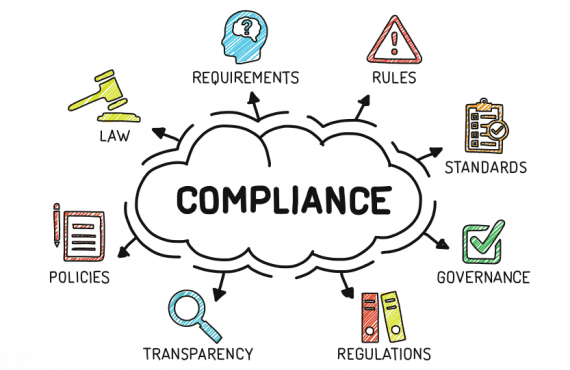Skilled nursing facilities (SNFs) receiving federal funds are obligated to adhere to all legal and ethical standards. Making sure that the correct training and auditing policies are in place is the second step in meeting this demand for compliance.
When dealing with the training aspect, it should be stressed that employee participation at all levels must be mandatory because compliance is everyone’s responsibility—and any failures in this regard will impact everyone at the facility. For this reason, SNF management must ensure that a full explanation of the compliance program and all regulatory issues is provided to employees, executives, governing body members/owners, board members, and all other persons associated with the facility, including vendors, consultants, residents, and family members.
A properly constituted compliance training program should include:
• A compliance plan, including a code of conduct,
• New hire orientation, including compliance expectations, and
• Regular compliance training, at least on an annual basis and more often if required.
It is equally important to remember to document all information presented, and ensure that all attendees are noted, including dates of training, so that no one can later say they did not know.
The auditing and monitoring part of compliance entails the identification of compliance risk areas, and a concomitant self-evaluation of risk areas. These risk areas should be identified as those most vulnerable to any compliance issue—in other words, to preempt any criminal, civil, and administrative violations. In order for this to be done, a structure has to be in place to collect and analyze data which assesses the facility’s compliance with established standards of practice. Examples of the sort of areas which need special attention in this regard include, but are not limited to, quality control, documentation, billing, and reimbursement guidelines.
The process of internal auditing should take the form of regular interviews with management personnel regarding compliance within their departments, questionnaires to be filled out by staff on compliance matters and the effectiveness of training techniques, written reports from management using predefined assessment tools, and external audits.

























































